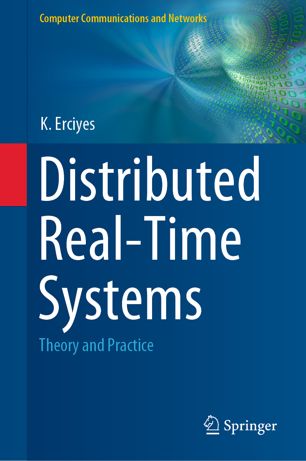

Most ebook files are in PDF format, so you can easily read them using various software such as Foxit Reader or directly on the Google Chrome browser.
Some ebook files are released by publishers in other formats such as .awz, .mobi, .epub, .fb2, etc. You may need to install specific software to read these formats on mobile/PC, such as Calibre.
Please read the tutorial at this link: https://ebookbell.com/faq
We offer FREE conversion to the popular formats you request; however, this may take some time. Therefore, right after payment, please email us, and we will try to provide the service as quickly as possible.
For some exceptional file formats or broken links (if any), please refrain from opening any disputes. Instead, email us first, and we will try to assist within a maximum of 6 hours.
EbookBell Team

4.0
36 reviewsThis classroom-tested textbook describes the design and implementation of software for distributed real-time systems, using a bottom-up approach. The text addresses common challenges faced in software projects involving real-time systems, and presents a novel method for simply and effectively performing all of the software engineering steps. Each chapter opens with a discussion of the core concepts, together with a review of the relevant methods and available software. This is then followed with a description of the implementation of the concepts in a sample kernel, complete with executable code.
Topics and features: introduces the fundamentals of real-time systems, including real-time architecture and distributed real-time systems; presents a focus on the real-time operating system, covering the concepts of task, memory, and input/output management; provides a detailed step-by-step construction of a real-time operating system kernel, which is then used to test various higher level implementations; describes periodic and aperiodic scheduling, resource management, and distributed scheduling; reviews the process of application design from high-level design methods to low-level details of design and implementation; surveys real-time programming languages and fault tolerance techniques; includes end-of-chapter review questions, extensive C code, numerous examples, and a case study implementing the methods in real-world applications; supplies additional material at an associated website.Requiring only a basic background in computer architecture and operating systems, this practically-oriented work is an invaluable study aid for senior undergraduate and graduate-level students of electrical and computer engineering, and computer science. The text will also serve as a useful general reference for researchers interested in real-time systems.